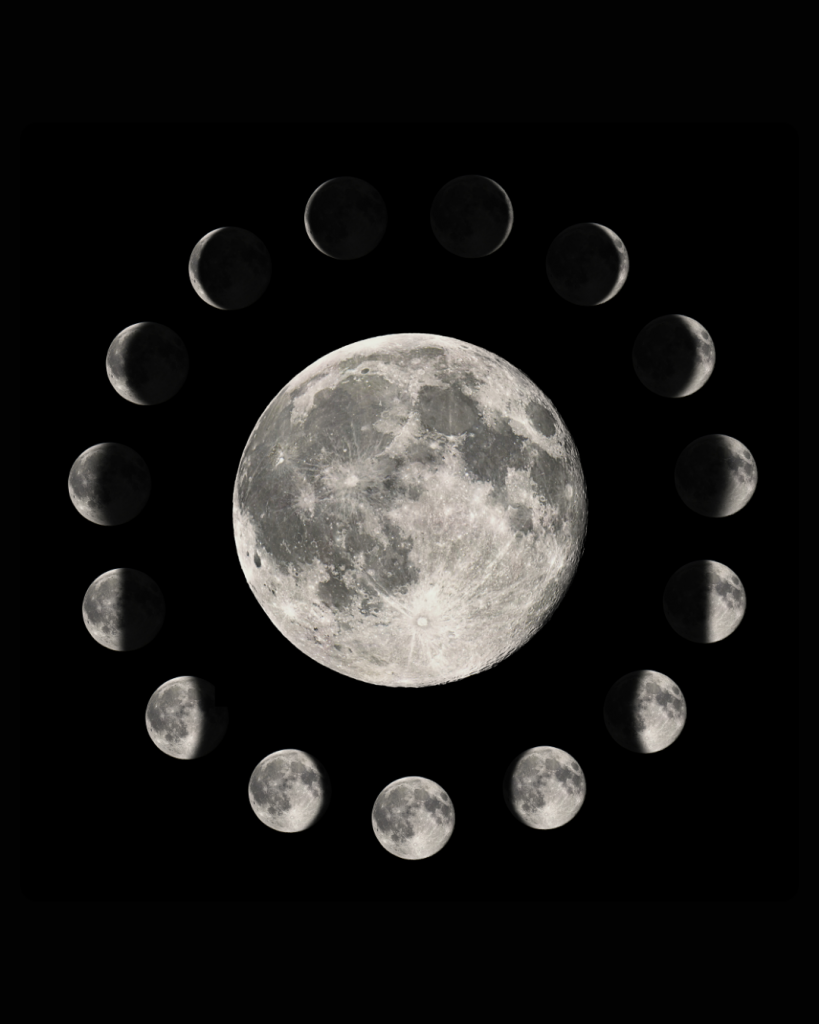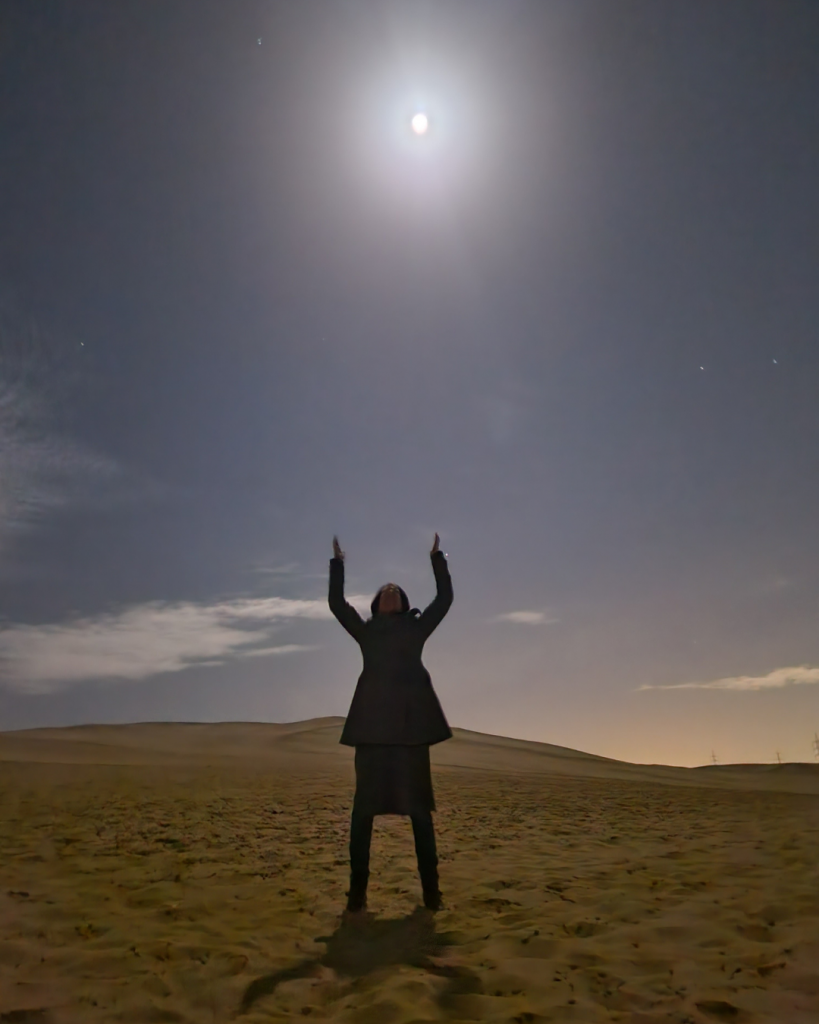The Mystical Phases of the Moon: An In-Depth Exploration
The Moon, Earth’s closest celestial neighbor, has fascinated humanity for millennia. Its ever-changing nature, cycling through various phases, has been a source of wonder, inspiration, and even guidance for many cultures around the world. In this exploration, we delve into the eight distinct phases of the Moon, their significance, and the profound impact they have on our planet and its inhabitants.

The Lunar Cycle: A Dance of Light and Shadow
The Moon’s phases are a result of its orbit around Earth, changing its appearance as it reflects sunlight from different angles. This cycle, from one New Moon to the next, takes approximately 29.5 days, marking the passage of time since ancient days.
1. New Moon
The lunar cycle begins in darkness with the New Moon. This phase symbolizes new beginnings and is a time for setting intentions and planting the seeds of future endeavors.
2. Waxing Crescent
As a sliver of light emerges, the Waxing Crescent Moon signals it’s time to start taking action towards our goals, laying down the groundwork for what we wish to manifest.
3. First Quarter
The Moon is now a half-circle in the sky. This phase represents challenges and decision-making; it’s a period for overcoming obstacles and staying committed to our intentions.
4. Waxing Gibbous
With the Moon more than half illuminated, we refine and adjust our plans. The Waxing Gibbous phase is for perfecting our strategies and gathering resources needed for fulfillment.
5. Full Moon
The Moon, in its full glory, illuminates the night. This phase symbolizes the culmination of efforts, realization of dreams, and an opportunity for reflection. It’s a time when emotions run high, and the fruits of our labor are most visible.
6. Waning Gibbous
As the Moon begins to recede into darkness, the Waning Gibbous phase encourages sharing the wisdom and insights gained with others. It’s a period for gratitude and giving back.
7. Last Quarter
With half of the Moon’s face in shadow, the Last Quarter prompts us to let go. This phase is about releasing what no longer serves us, forgiving, and preparing for renewal.
8. Waning Crescent
Finally, the Waning Crescent offers a time of rest, reflection, and restoration before the cycle begins anew. It’s a moment to be introspective, heal, and recharge.
The Moon’s Impact on Earth and Humanity
The Moon’s influence extends beyond the spiritual, affecting tangible aspects of our world. Its gravitational pull governs the tides, creating a rhythm that has dictated the behavior of species and human activities alike. This celestial body has also stabilized Earth’s climate over millennia, making life as we know it possible.

For humans, the Moon has been a source of inspiration and wonder, influencing countless myths, traditions, and practices. Its phases guide agricultural activities, fishing, and even personal growth and development. While the scientific community continues to explore the extent of the Moon’s effect on human psychology and behavior, its cultural and spiritual significance remains undeniable.

Embracing the Lunar Cycle
Incorporating awareness of the Moon’s phases into our lives can enhance our connection to the natural world and ourselves. By understanding the unique energies and opportunities each phase presents, we can move more harmoniously through life’s cycles, embracing change, growth, and renewal.
The Moon, with its silent yet profound presence, serves as a reminder of the cyclical nature of existence. It teaches us the power of transition, the beauty of evolution, and the importance of reflection. As we observe its phases, we are invited to align with its rhythm, finding balance and meaning in the ebb and flow of life itself.
This exploration into the Moon’s phases and their significance invites us to look up, reflect, and connect with this celestial marvel in new and meaningful ways.

